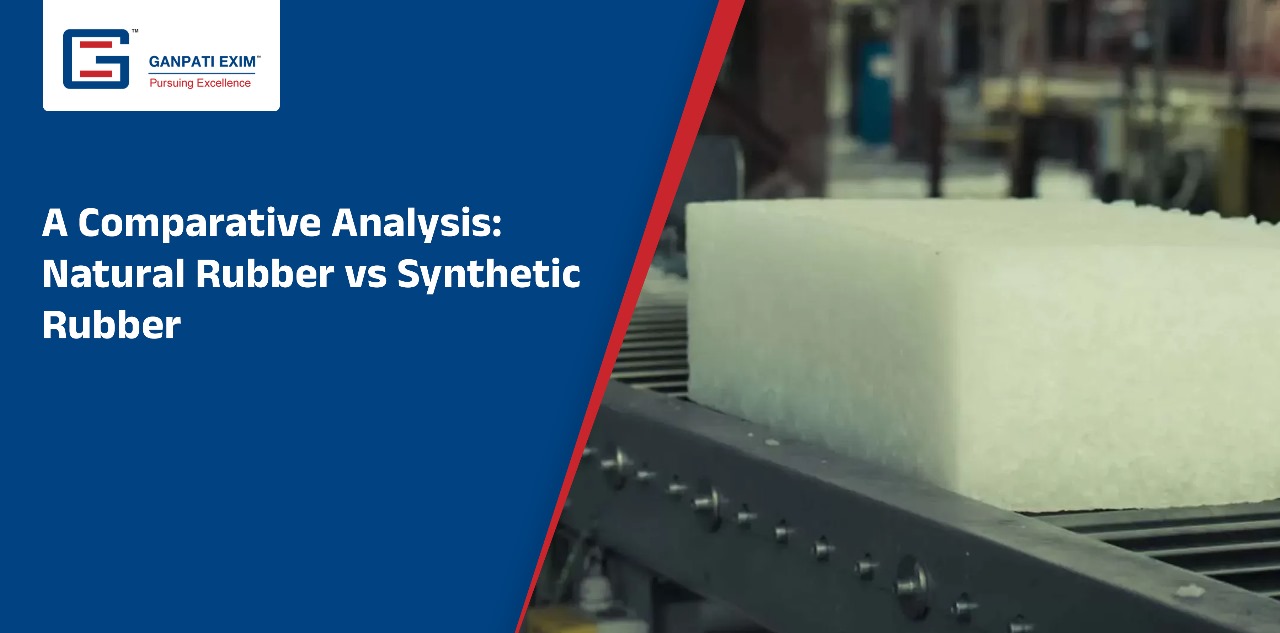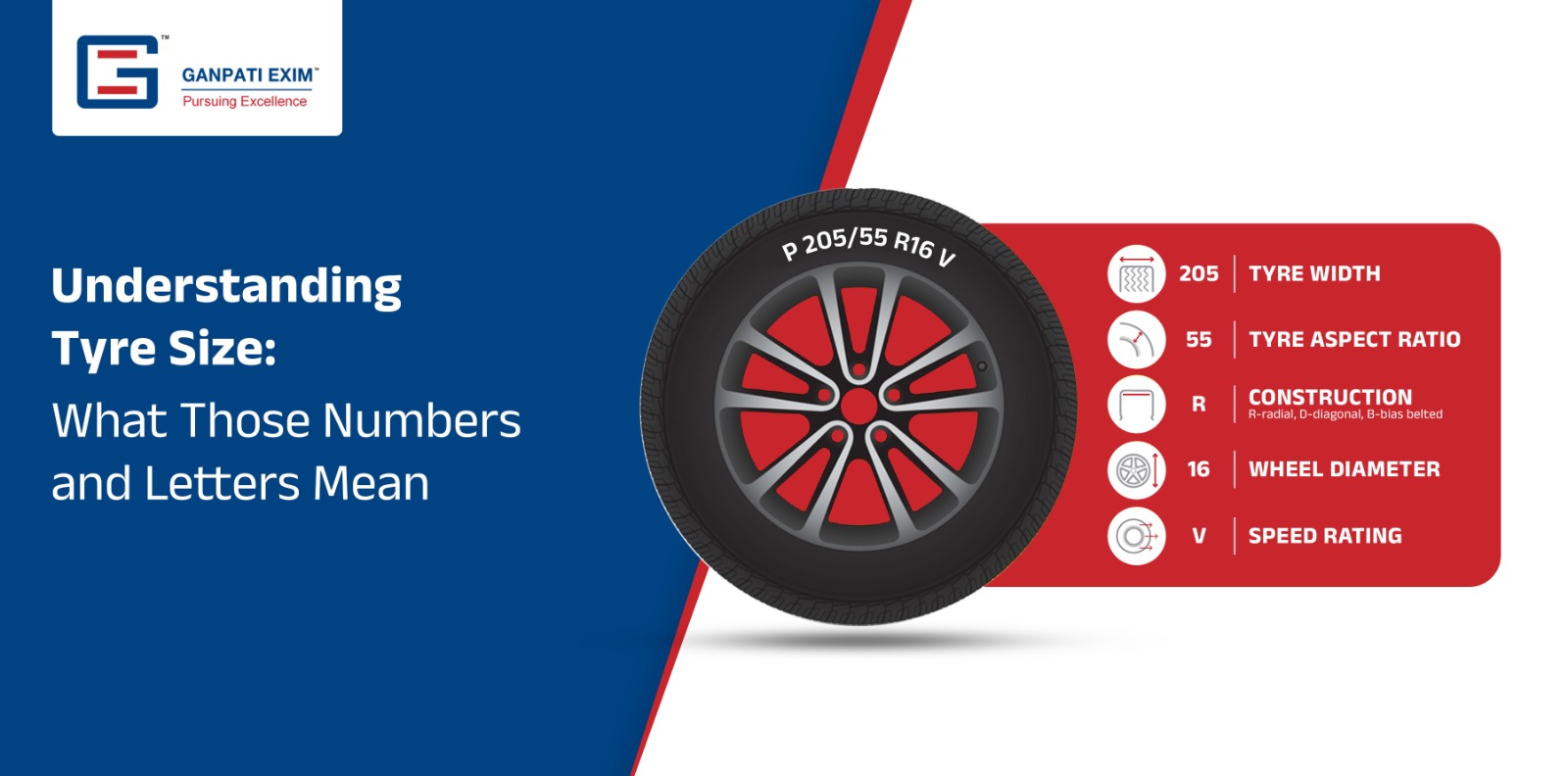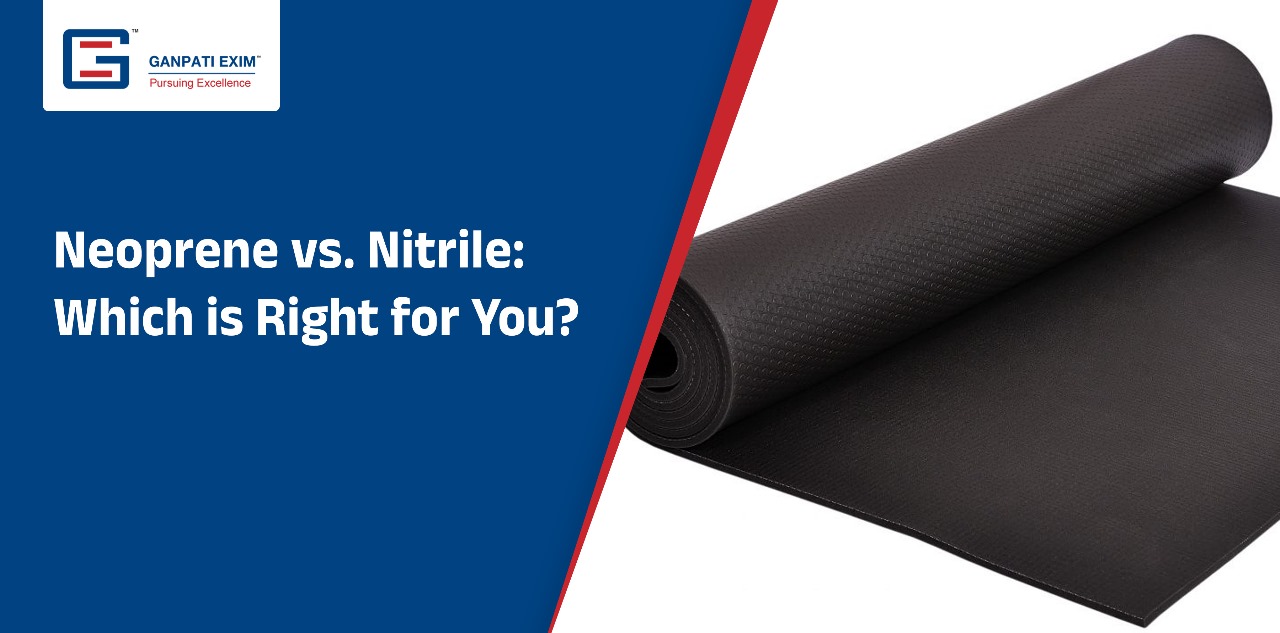
Natural vs. Synthetic Rubber: Comparing Quality, Availability, & Performance
In the world of rubber, the choice between natural rubber and synthetic rubber is a critical decision for import-export companies like Ganpati Exim. Understanding the nuances and differences between these two types of rubber is essential for ensuring the delivery of high-quality products to customers. Let’s delve into the key distinctions in terms of quality, performance, and suitability for various applications.
Introduction:
Natural rubber, derived from the latex of rubber trees, and synthetic rubber, manufactured through chemical processes, both have their places in the global market. Ganpati Exim, a key player in the industry, recognizes the importance of providing superior products to meet diverse customer needs.
Quality Characteristics:
Natural Rubber:
Origin and Purity: Sourced directly from rubber trees, natural rubber is prized for its organic origin and purity.
Elasticity: Known for excellent elasticity and resilience, making it suitable for a wide range of applications.
Tactile Qualities: Natural rubber offers a distinctive feel and tactility, often preferred in certain industries.
Synthetic Rubber:
Chemical Composition: Manufactured with specific chemical formulations, synthetic rubber allows for tailoring properties to meet precise requirements.
Consistency: Synthetic rubber offers consistent quality, unaffected by variations in climate or geography.
Specialized Formulations: Tailored for specific applications, providing enhanced performance in certain conditions.
Performance in Varied Applications:
Natural Rubber:
Tyre Manufacturing: Widely used in tyre production due to its excellent wear resistance and grip.
Engineering Applications: Preferred in engineering and construction applications for its durability and flexibility.
Synthetic Rubber:
Chemical Resistance: Suited for applications requiring resistance to chemicals and oils.
Temperature Stability: Performs well in extreme temperatures, making it ideal for specialized industries.
Considerations for Import-Export:
Supply Chain Dynamics:
Availability: Natural rubber availability may be subject to fluctuations influenced by climate conditions.
Consistency: Synthetic rubber provides a more consistent supply, reducing the risk of shortages.
Customer Preferences:
Industry Standards: Understanding and meeting industry-specific standards for quality and performance.
Customization: Offering a range of options to cater to diverse customer needs and preferences.
Conclusion: In the complex landscape of natural versus synthetic rubber, Ganpati Exim’s commitment to delivering quality products lies in a nuanced understanding of these materials. The choice between natural and synthetic rubber depends on factors such as application requirements, environmental considerations, and customer preferences. By navigating these differences with expertise, Ganpati Exim continues to excel in the import-export business, providing top-notch rubber solutions to a global clientele.


